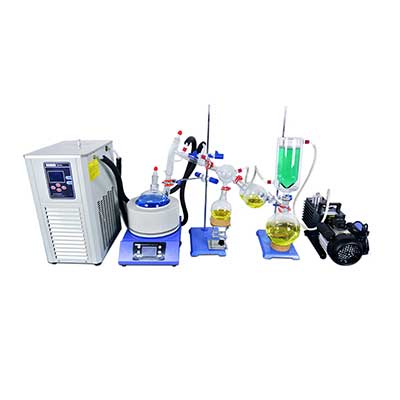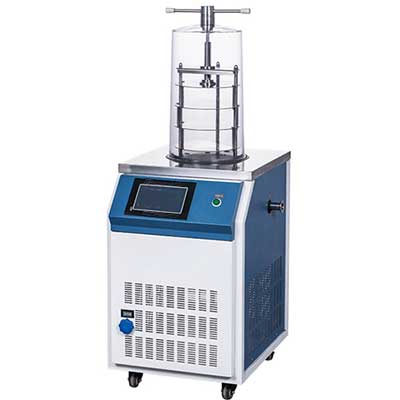-
WhatsApp
-
Email
Essential oils were first used 5,000 years ago. The ancient egyptians discovered their antimicrobial and aromatic properties and used them for everything from mummification to royal maintenance. Ancient China, about the same time as the ancient egyptians, also has records of the same use of aromatic plants.
The decline of ancient Egyptian civilization did not prevent the popularity of aromatherapy. After the egyptians, the greeks also learned to use essential oils for medical care and maintenance. By 30 BC, the Roman empire had taken over Greece, and the Romans had further advanced the field of aromatherapy.Today, the field of aromatherapy is growing stronger and stronger. After two industrial revolutions, human beings enter the field of civilization, and the pursuit of beauty and health is gradually increasing. Modern aromatherapy techniques in Britain and France have achieved unprecedented development.

What is essential oil?
Essential oil is extracted from the leaves, flowers, seeds, fruits, roots, bark, resin, wood core and other parts of the plant by steam distillation, cold press, fat absorption and solvent extraction, with a high concentration of aromatic and volatile substances.
Flowers essential oil: rose essential oil, jasmine essential oil, lavender essential oil, chamomile essential oil, ylang, geranium essential oil, neroli essential oil, happy sage essential oil, yarrow essential oil, osmanthus essential oil, peony essential oil, marigold essential oil, laurel essential oil, violet essential oil, etc.






Classification of essential oils
According to the extraction part of the essential oil, the essential oil is divided into flower type essential oil, leaf type essential oil, root type essential oil, grass type essential oil, wood type essential oil, resin type essential oil, bark type essential oil, peel type essential oil, seed type essential oil.
Flowers essential oil: rose essential oil, jasmine essential oil, lavender essential oil, chamomile essential oil, ylang, geranium essential oil, neroli essential oil, happy sage essential oil, yarrow essential oil, osmanthus essential oil, peony essential oil, marigold essential oil, laurel essential oil, violet essential oil, etc.

Leaf essential oils: tea tree essential oil, eucalyptus essential oil, peppermint essential oil, patchouli essential oil, juniper essential oil, cypress essential oil, pine needle essential oil, basil essential oil, etc.

Root essential oil: ginseng essential oil, ginger essential oil, angelica essential oil, garlic essential oil, angelica essential oil, and so on.

Essential oils of grass: rosemary essential oil, verbena essential oil, citronella essential oil, balsamia balsamina essential oil, camphora essential oil, citronella essential oil, citronella essential oil, dill essential oil, valerian essential oil, vetiver essential oil, wormwood essential oil, etc.

Wood essential oil: sandalwood essential oil, rosewood essential oil, birch essential oil, Holly essential oil, camphor essential oil, white thousand layer essential oil, cedar essential oil, etc.

Resin essential oils: frankincense essential oil, benzoin essential oil, fir tree essential oil, amie tree essential oil, olive essential oil.

Peel essential oils: bergamot essential oil, grapefruit essential oil, lemon essential oil, sweet orange essential oil, lime essential oil, orange essential oil, red orange essential oil.

Seed essential oils: clove essential oil, cardamom essential oil, carrot seed oil, fennel essential oil, etc.

The efficacy of essential oils is mainly divided into three aspects: skin efficacy, physiological efficacy and spiritual efficacy.
Skin efficacy: whitening, hydrating, moisturizing, acne removal, acne printing, oil control, pore contraction, brightening, even skin color, light spots, wrinkles, light lines, black eye, etc.
Physiological efficacy: essential oil is good for endocrine, metabolic, immune system, muscle, physical symptoms and diseases, nervous system and mental diseases, eyes, ears, nose, mouth, tooth diseases, respiratory diseases, blood circulation system diseases, digestive system diseases.
Mental efficacy: calm nerves, anti-depression, decompression, calm, relieve emotions, sleep, increase women's confidence, aphrodisiac, enhance memory and thinking ability, etc.

How to use essential oils
1. The use of essential oil can drop the essential oil into the pot with warm water, the ratio is 500:3 or so, in the face from the water 20cm, steam the face or directly the water on the face, with beauty and brightening effect.
2. Also can be put into the incense furnace water, and then 7-8 drops of essential oil into the incense furnace, so the room will have a kind of fragrance, refreshing at the same time, but also sterilization.
3. Can also be used as a cream, can be used with cleansing milk, exfoliation, massage, face mask, day cream.Use night cream at the same time, mix 1-2 drops of essential oil with 7 pieces of a certain product.
4. Can be used as perfume, the essential oil contains special aroma, therefore can also be used as perfume, will drop the essential oil on 3-5 drops to the handkerchief on the bag or pocket, fragrance is also more lasting.
5. Also can use essential oil to bathe, will drop 1-6 drops of essential oil into the water that gives you good bath, stir evenly, this method can relax the nerve, reduce pressure, promote blood circulation, still have the effect of detoxification.
6. For spray use, put 30ml distilled water or purified water into a spray bottle, drop 3-6 drops of essential oil and spray on the face, which can be used as moisturizing and moisturizing beauty water.
7. Massage, with the hands on a few drops of essential oil, slowly rub the body parts, strength can be strong can be gentle, so that the essential oil quickly penetrated into the body, can relax the muscles, relieve tension and pressure.
How do oils with so many benefits and a huge market come about?
Extraction method of essential oil
The extraction methods of essential oils are distillation, extraction, solvent and liposuction.
Distillation is the most common and convenient extraction method.
Distillation is a simple and easy way to extract essential oils. It is also the oldest and most widely used method. Most essential oils are extracted by distillation.The first person to master a complete distillation technique was an Arab alchemist (also a physician) who lived between 980 and 1037 and whose technical integrity is still in use today.
Distillation takes advantage of the volatile nature of essential oils to turn liquids into gases by heat and then cool them into liquids.Meanwhile, the difference of specific gravity and density between essential oil and water is separated into essential oil and water with saturated essential oil dissolved (usually flower water).There are many ways of distillation, different plant distillation has many differences, so a variety of distillation has been developed, which is generally divided into steam distillation and vacuum distillation.

ZZKD laboratory equipment manufacturer production of essential oil extraction equipment, is a special equipment for the extraction of essential oil.It is made of sus304/316 stainless steel with a special frame, and has a three-layer tray distillation system and a special condenser design to effectively extract oil.
The essential oil extraction equipment can be distilled with or without water.It is a new, multi-functional, multi-functional plant essential oil extraction device, can effectively collect plant essential oil, plant fragrance dew, plant extract and other effective ingredients.For more information please skip links (https://kdlabequipment.com/others/Essential-Oil-Extraction-Equipment.html)
Let oneself have essence oil of pure essence, create oneself essence oil brand, come quickly to buy essence oil extraction equipment.


















